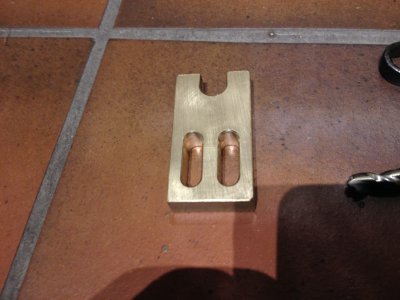Hi guys, I was hoping someone could shoot me straight. I found an ad on Craigslist for an Atlas TV48 that a guy is selling for $1100. I have a few questions though since I can't find any good info about this particular model on here or the rest of the interwebs.
1) is this a fair price assuming it is in decent shape? I haven't gotten any pictures yet but I think he will send some if I ask him. I also might be able to talk him down since the ad has been up for quite a while.
2) will I be able to find tooling and replacement parts for this?
3) is this a decent lathe for a beginner? I was looking at 9x20 models if I were to buy one new, just so you know what I am looking for.
4) can I use this lathe to do threading?
5) will I need a friend with a shop crane and a u-haul to move it, or will two strong guys and a pickup truck be enough?
6) if/when I go check it out, what in particular should I look for? I.e. Does this model have some quirks that might cause it to fail soon after I buy it, are there certain hard-to-find parts I need to make sure are still functional, etc...
I mostly plan on machining engine mounts and other assorted odds and ends for custom motorcycle frames. Thanks in advance!
1) is this a fair price assuming it is in decent shape? I haven't gotten any pictures yet but I think he will send some if I ask him. I also might be able to talk him down since the ad has been up for quite a while.
2) will I be able to find tooling and replacement parts for this?
3) is this a decent lathe for a beginner? I was looking at 9x20 models if I were to buy one new, just so you know what I am looking for.
4) can I use this lathe to do threading?
5) will I need a friend with a shop crane and a u-haul to move it, or will two strong guys and a pickup truck be enough?
6) if/when I go check it out, what in particular should I look for? I.e. Does this model have some quirks that might cause it to fail soon after I buy it, are there certain hard-to-find parts I need to make sure are still functional, etc...
I mostly plan on machining engine mounts and other assorted odds and ends for custom motorcycle frames. Thanks in advance!

